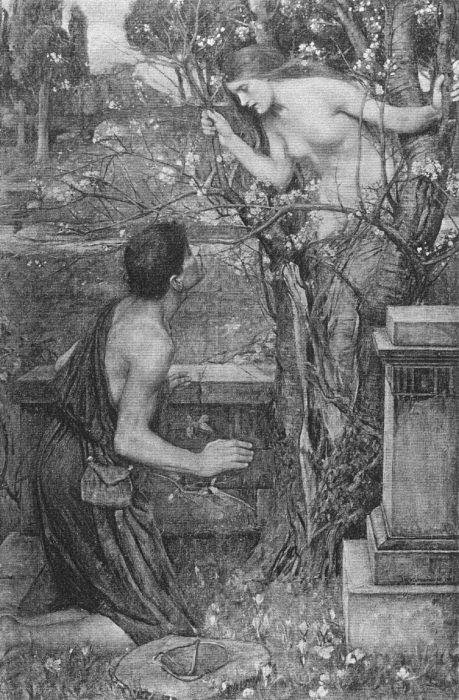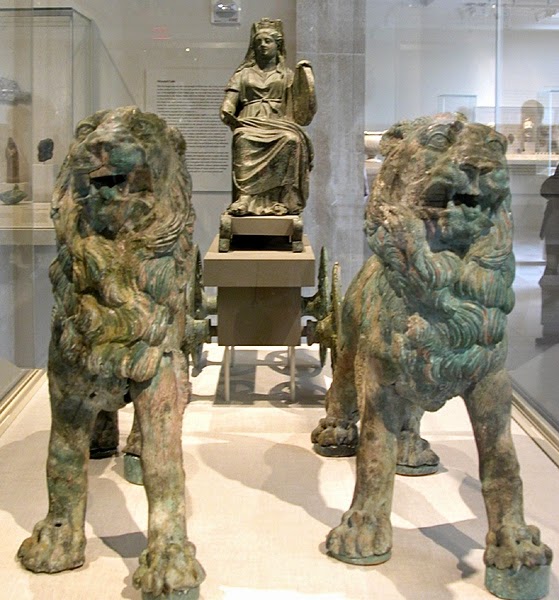The two scientists of the archaeological excavation speak in “Parapolitika”
Despite the fact that last November, the official announcement of the Ministry of culture for its impressive ruins in Amphipolis was accompanied by highlighting "final", He made everyone believe how the excavation had reached the end of, It seems that the magnificent tumulus Kasta of the last quarter of the 4th century b.c.. will occupy us again in the near future. This follows from what they say in "PARAPOLITIKA" the two people who know as much as anyone else on State of play and who quite fall the Flash of publicity on the Tomb were working with orderliness and unearthed this important Hellenistic monument. The competent Digger, Katerina Peristeri, the closest collaborator of, Architect Michalis Lefantzis, and the whole excavation team currently progressing with too much attention, step by step, scientific work, which will give many answers in the archaeological mystery of Amphipolis.
The pedestal with the sculpture, in front of the caryatids
Despite the fact that all previous space expressed many assumptions and finally no it has not been possible to document, because of the many and conflicting opinions, the excavation team believes that there is edge in thread, both the tomb and saw that the entire monument. The movable findings that existed within the booths and not announced, as we have to follow the scientific ethics and their identification, reduce, as they say the information, the cases and lead to conclusions. "We had movable findings, who studied with attention by specialists. The completion of this study will lead to a lot of conclusions ", says very carefully the k. Peristeri. The movable findings were pieces of sculptures that existed in the ante-rooms, but in the last funeral chamber, ceramic, coins, vessels. At the same time, the area in front of the caryatids, in Pebble flooring, There are traces of a square that make many to assume that there was some pedestal statue, which stefanwnan the Caryatides that was just behind and perhaps related to the worship of the dead the whole tumulus and not only the concrete Tomb. Even in the last, particularly appalling site found fragments of sculpture, which conserved and studied this period in the Museum of Amphipolis, While it is true that will lead one step closer to the solution of the puzzle.
“The corridor has not been heading towards the Centre of the mound” – Is the main Tomb he saw;
"Many saw, few understood». With this concise and highly enigmatic phrase describes Michalis Lefantzis the burial "blockbuster" that we saw on our TV screens all the previous months, Getting precise distances from the communicative "perfect storm" of past months, that led to "a piecemeal interpretation of the monument", as it says, and errors. «We have to deal with spatial data whose architectural form is detected through the coexistence and convergence of multiple uses and typologikwn faith idioms. The monumental ensemble of the mound indicates the prominent building of a place of worship and price performance in persons particularly great importance».
What were these people can't say. «The monument speaks for itself and we need to hear it. We will have to study the data in relation to the layers of excavation"says Ms. Peristeri.
These section found above the caryatids our definitely tells a story. And can found to diapseydotan for two months by the Ministry of culture, fact that captures the prevailing alaloum communications, However this period begins to ' break the silence ' by cleaning.
This so called by many (incorrect) architrave 'It may not be the only one that exists in the tumulus. Maybe he wants to tell us the story of a high dead, they came to coexist with earlier notable burials, by establishing a new worship on earlier cults and increasing the sanctity of the Tomb. In such a case the monument, the typologikoi designations and comparative examples show us an architectural composition in which imprinted the knowledge of a culture that has gone in the East and has now returned with a universal Visual», says the Lord Lefantzis.
To question whether he has found is the main Tomb, Mr. Lefantzis says: «The indications that we have, especially in fourth place, they give us in the excavation of the Tomb two kibwtioschimoy posts: those of a funerary bed and a tefrodochoy. The skeletons found in higher layers and witness the violent conclusion of some people to the point where its found devotional space property either for expiation from pillage that preceded in space. The fact that this particular "corridor" has no direction toward the Center has led many to suspect that perhaps is not the main tomb of the huge mound».
See photo with a representation that reflects the direction that moves the Tomb has been discovered, which is not in the center of the mound:
Katerina Peristeri: "The excavation is not over '
This working hypothesis, has gone out of her mind group excavation, which this period, in parallel with the study of funerary monument, searches and other points within the tumulus. «I never said that the excavation was finished there"says Mrs Peristeri, which responds to the critics of the presence of the annual archaeological Conference, saying that "the findings they want much study and it now requires only works from a series of scientific panels and no announcements. And it is a pity that some people do not respect the monument and personally play games». The main Lefantzis from the side of, considers that what matters is the interdisciplinary study and research the entire mound as product composition and combination of views and the result of collective work that will lead to a set of technical interventions for the protection, strengthening and restoration of the monument. Even optimistic that indicates there may be other findings the same impressive. Even using the literal meaning of the words, indicates how "What we have done so far was primarily the systematic disclosure of parts of the monument. The excavation in the true sense is ... in front of us " The head of the excavation Madam Peristeri underlines, How “the Tomb still conceals many treasures that we must look”
Epikoinwniakos war and strategies
At the same time that the excavation team working, in the background is a perception war. In recent days Mr. Kambouroglou, Geologist of excavation in Amphipolis, He has spoken publicly against Ms. Katerina Peristeri and k. Michael Lefantzi and will make announcements at an annual Archaeological Conference, Despite the fact that there is a departmental document prohibiting, If you have not been given the permission of the head of Inspectorate. This scientist, that fact had come back into the hype, as he had made the mistake of believing the fallen pole doorframe in third place, It now says that Leo was not atop the mound. The documentation that has made Mr. Lefantzis relies on a series of data. Inter alia, notes that "starting the match and performance study of scattered marble architectural members of the precinct who were near the current location of the lion-which is in itself a breakthrough- and documenting studies were published for this in the past by leading archaeologists and architects, Indeed, the probability of correlation of the sculpture and the pedestal of the precincts of the mound and with the quadrilateral pwrino Foundation on top of, around which found tons of latypis, which stated the high marble manufacturing configuration at this point. At the level of geometry, measurement of embatikwn, the processing of the quarrying of marble until his final edit, Leo, the pedestal and the precinct show from scratch series proportions and common morphological and typologikwn items, that formatted the model of a single architectural ensemble. There Are, Indeed, and other scattered architectural parts, like and sections of the sculpture, which recently concurred and will confirm this single set, Since it is the unique architectural monument of the area in which it has become so extensive use of marble in ancient times».
This is, However, the tip of the iceberg. It is an open secret that after the revelation of the monument, When the k and. Panagiotarea task communication in the ... tumulus, There was friction in the Group. The first time was When I climbed into the journalist's personal page on facebook unpublished photo of Caryatids, something that xenise many, They spoke of personal strategies. The fact, Besides, that Mrs Panagiotarea was responsible for communication of excavation and finally was "scuttled" shows that definitely made mistakes in handling such an important matter. Ms. Panagiotarea this period is outside the excavation, However the rumours that want to prepare the book for Amphipolis, without even having seen the whole tumulus, cause new passions, with the future of excavation.










 Suicide of Phyllis, Bibliotheque nationale de France
Suicide of Phyllis, Bibliotheque nationale de France
 Cybele enthroned in chariot that draw two lions, the second half of the 2nd century BC., Metropolitan Museum of Art
Cybele enthroned in chariot that draw two lions, the second half of the 2nd century BC., Metropolitan Museum of Art





























 Open Gallery 1
Open Gallery 1 


